Company’s coming. Is your dinnerware ready?
With the advent of the holiday party season, now is a good time to take stock of your fine dinnerware and make sure it’s looking its best for the entertaining opportunities ahead.
China, crystal and silver deserve careful handling, so we turned to the experts at Replacements Ltd. for advice on cleaning and caring for them. The North Carolina company is known for selling individual pieces to replace missing or damaged dinnerware, and it also restores and repairs precious pieces.
Here’s what its experts advised.
CHINA
Scratches, heat and harsh detergents can damage fine china, especially antique pieces. That’s why Sara Vestal, the company’s lead supervisor of china and crystal restoration, recommends always hand washing china, regardless of whether it’s considered dishwasher safe.
Line the bottom of your sink with a dish towel or rubber mat for cushioning, and use a mild dishwashing liquid. Avoid anything with lemon, orange or any other type of acid, as well as dishwashing liquid that contains chlorine bleach. Acids wear the finish, and chlorine leaves behind a residue that breaks down china at a molecular level, Vestal said.
“You might not see the damage that day. You might not see it for a while,” she said. But eventually – and unfortunately – you will.
Wash china in water that’s tepid or warm. Vestal said water that’s too hot or cold can cause small cracks.
If you still insist on using a dishwasher to clean dishwasher-safe china, use the gentle cycle and turn off the heated drying cycle, she said. Use a mild detergent (no lemon-scented products), and load the dishwasher carefully so the pieces won’t touch during the wash cycle. Let the china cool to room temperature before removing it to avoid damaging metallic trim, which is more fragile when it’s heated.
Store china in an area that has the same temperature and humidity conditions as the living areas of your home, not in an attic or basement. Extreme changes in heat and humidity can cause crazing, or fine cracks in the glaze.
If you stack pieces, add cushioning in between. You can buy china cushions, or use pieces of flannel, coffee filters or napkins. Be careful not to slide pieces on top of one another.
Avoid stacking pieces that have handles. Hang cups on a rack, or stack them no more than two high. Stacking cups weakens the rim, causing cracking or chipping.
SILVERWARE
Most of us store away our silver and silver-plated flatware for most of the year and take it out only for the most special of occasions.
Rory Richmond has a different idea.
Use your silver, said Richmond, who manages silver fulfillment operations at Replacements Ltd. Silver develops a patina with handling and use, which improves its appearance and gives it character, he said. That patina actually comes from tiny scratches in the surface that create a soft finish.
In addition, exposure to air causes oxidation, which produces a desirable darkening in the little crevices of the pattern. That darkening makes the design stand out more, Richmond said.
When you do use your silver, wash it immediately after use, and wash it well, he said. It’s particularly important to remove salt and citrus, which can damage silverware – especially silver plate, because it has just a thin layer of silver over a metal base. Mayonnaise, vinegar and eggs can also be problematic.
Don’t let silver soak in water for a long time, he cautioned. The water is corrosive and can also loosen the glue used to attach handles.
He recommended hand washing, because the heat of a dishwasher can damage the silver over time and loosen glue. And as with china, avoid detergents with citrus. The invisible residue they leave can cause rust, he said.
Use a soft cloth to wash the silver and dry it immediately with another soft cloth to prevent water spots.
If you’re storing silver long-term, use felt bags or a silver chest with a tarnish-resistant lining. Don’t store silver in airtight containers.
To polish silver, the company recommends starting by dusting with a lint-free cloth or soft toothbrush, and then washing. Dry each piece thoroughly, and use a blow dryer on a low setting to dry hard-to-reach places.
Apply a top-quality silver polish in a gentle, circular motion, and let the pieces sit according to the polish instructions before removing the polish with a lint-free cloth. Wash and dry each piece thoroughly to remove any excess polish.
GLASSWARE
Cloudiness is the enemy of glassware. Sometimes it’s caused by mineral deposits from water and can be removed. But sometimes it’s caused by the heat of the dishwasher baking those minerals into the pores of the glass, and that may be permanent.
To guard against etching your crystal, wash it by hand in lukewarm water using a mild, nonabrasive detergent – the less the better, since excess detergent can leave a film. Don’t use abrasive pads.
Add a cup of distilled white vinegar to the rinse water to reduce spots, Vestal suggested. Dry immediately with a paper towel or a lint-free cloth. And while you’re drying, avoid twisting the glass as you hold the base. That could break the delicate stem.
Vestal said you can try cleaning cloudy crystal by filling the glass or container with distilled white vinegar and a little bit of rice and shaking. Or, if you want to treat the cloudiness a little more aggressively, you can use the cleaner CLR, she said. Don’t use the cleaner on crystal with metallic trim, however.
Store crystal right side up to avoid chipping the delicate rims. Give it plenty of space to allow the glass to expand in the heat without touching other pieces.
Send questions/comments to the editors.

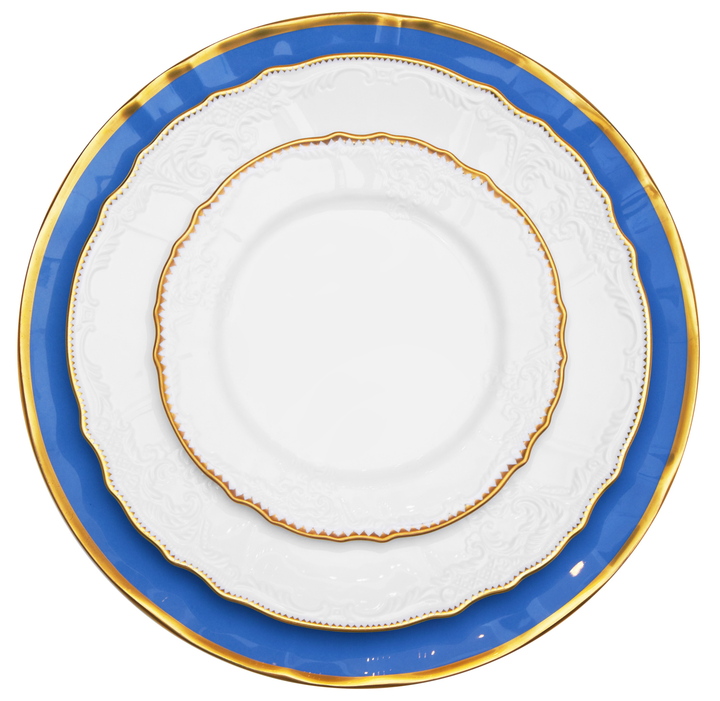
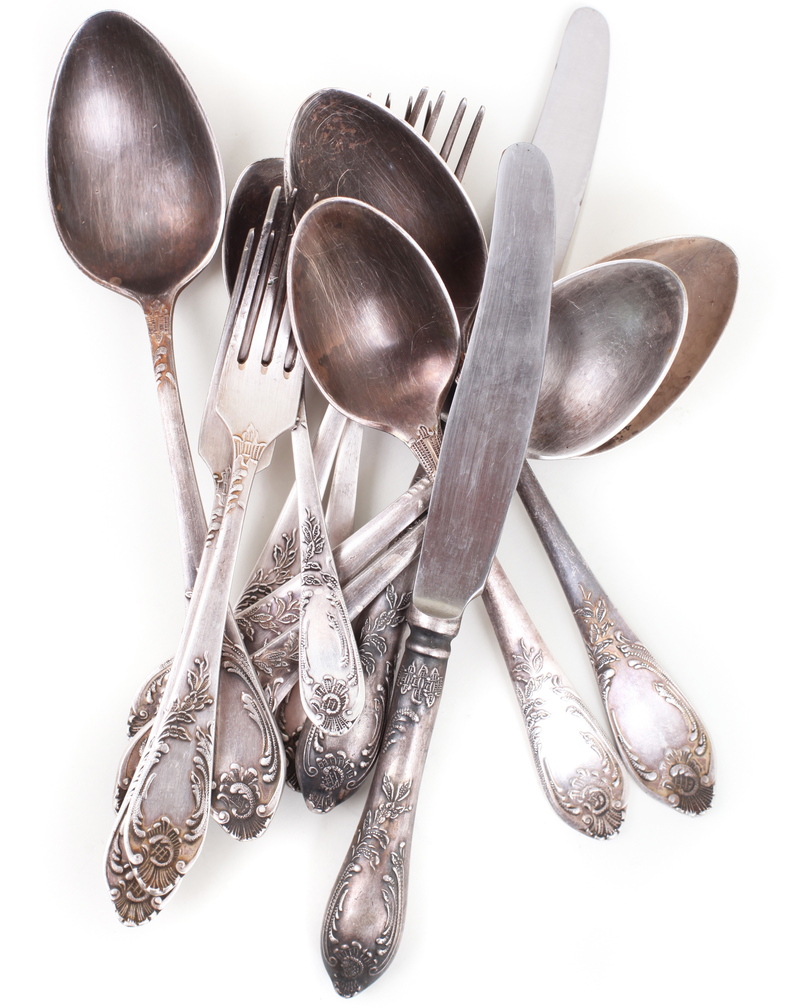
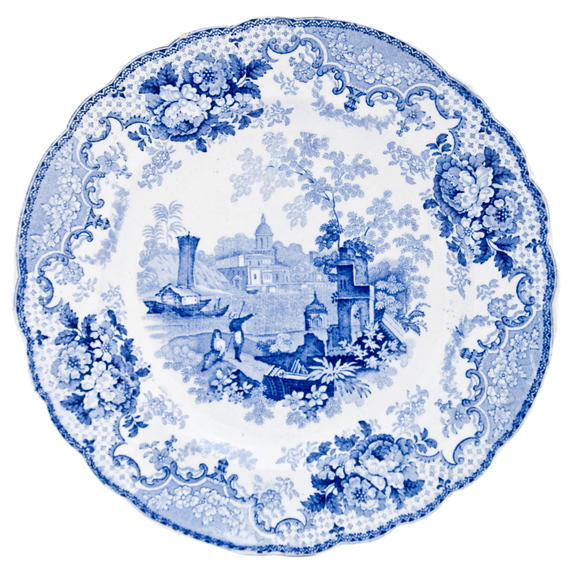
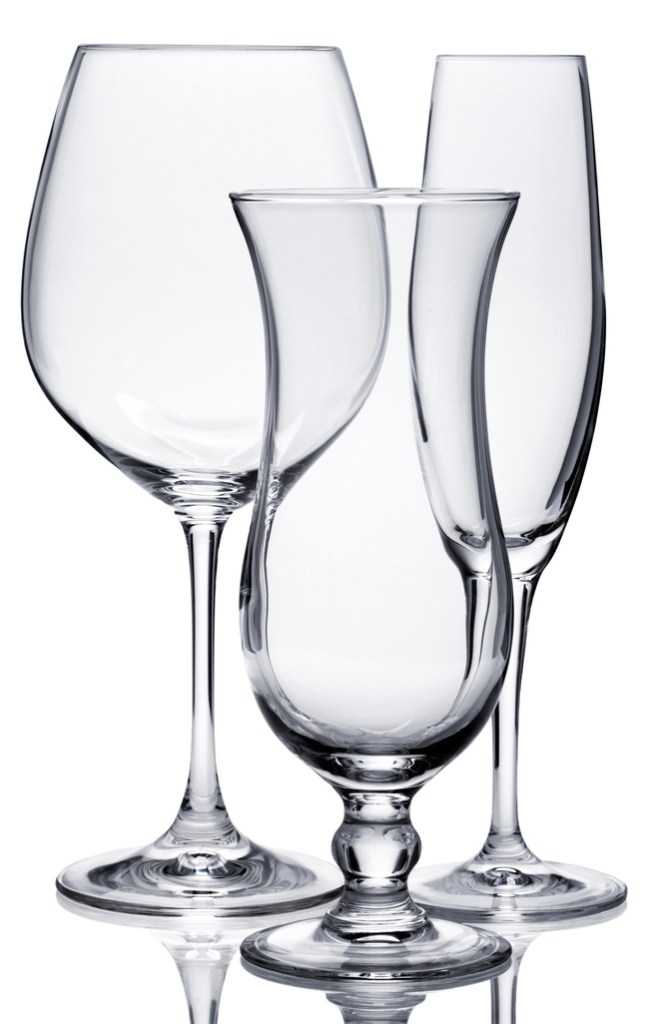
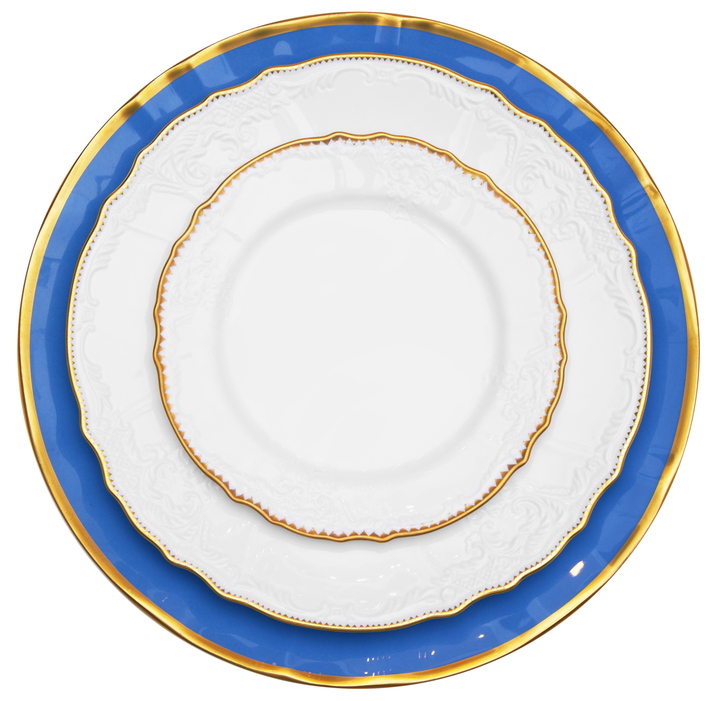
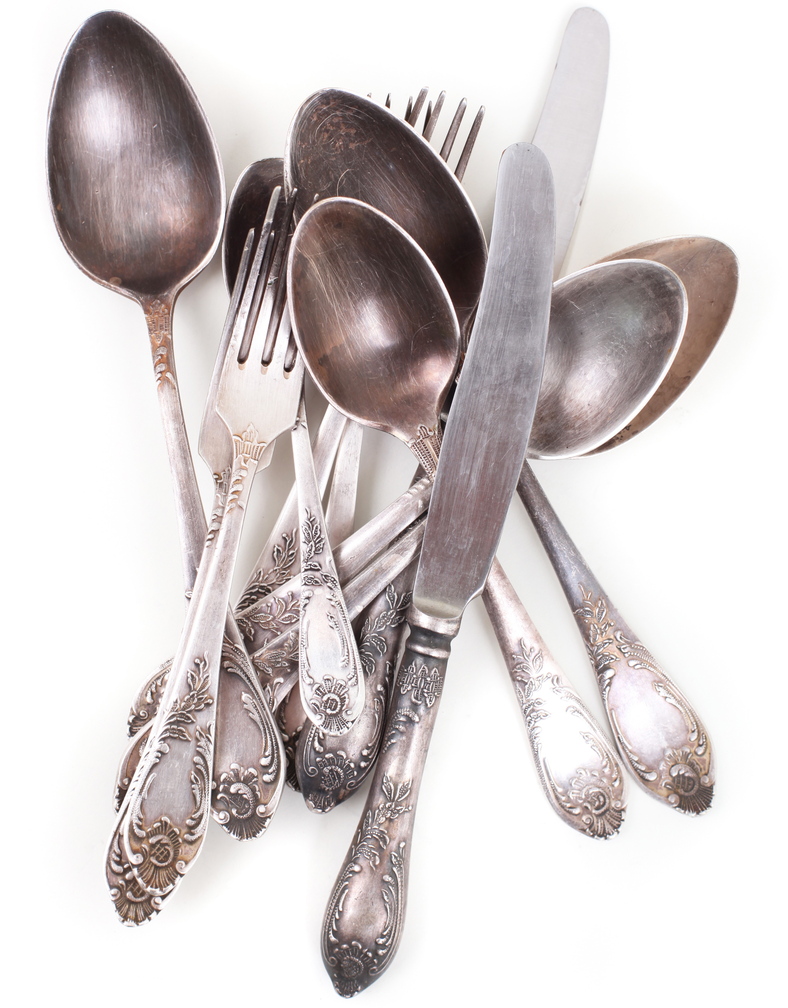
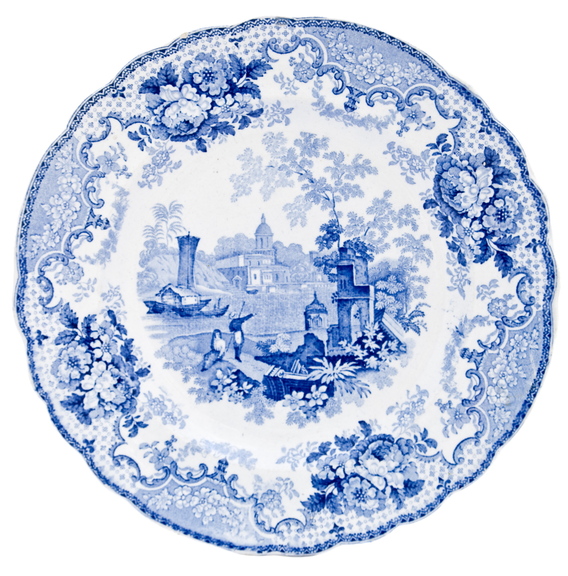
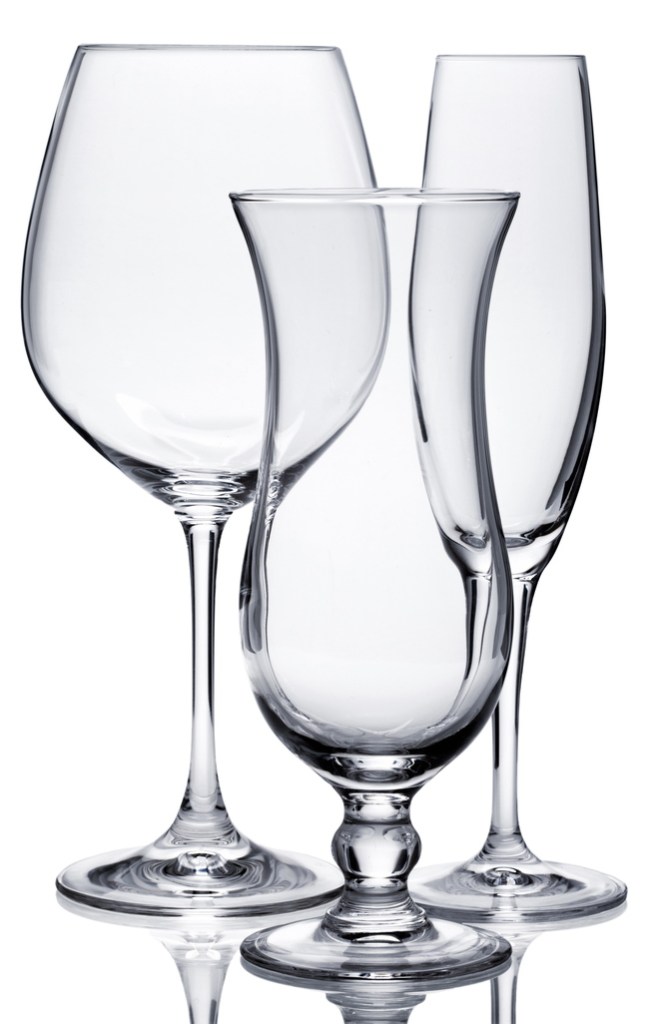

Success. Please wait for the page to reload. If the page does not reload within 5 seconds, please refresh the page.
Enter your email and password to access comments.
Hi, to comment on stories you must . This profile is in addition to your subscription and website login.
Already have a commenting profile? .
Invalid username/password.
Please check your email to confirm and complete your registration.
Only subscribers are eligible to post comments. Please subscribe or login first for digital access. Here’s why.
Use the form below to reset your password. When you've submitted your account email, we will send an email with a reset code.